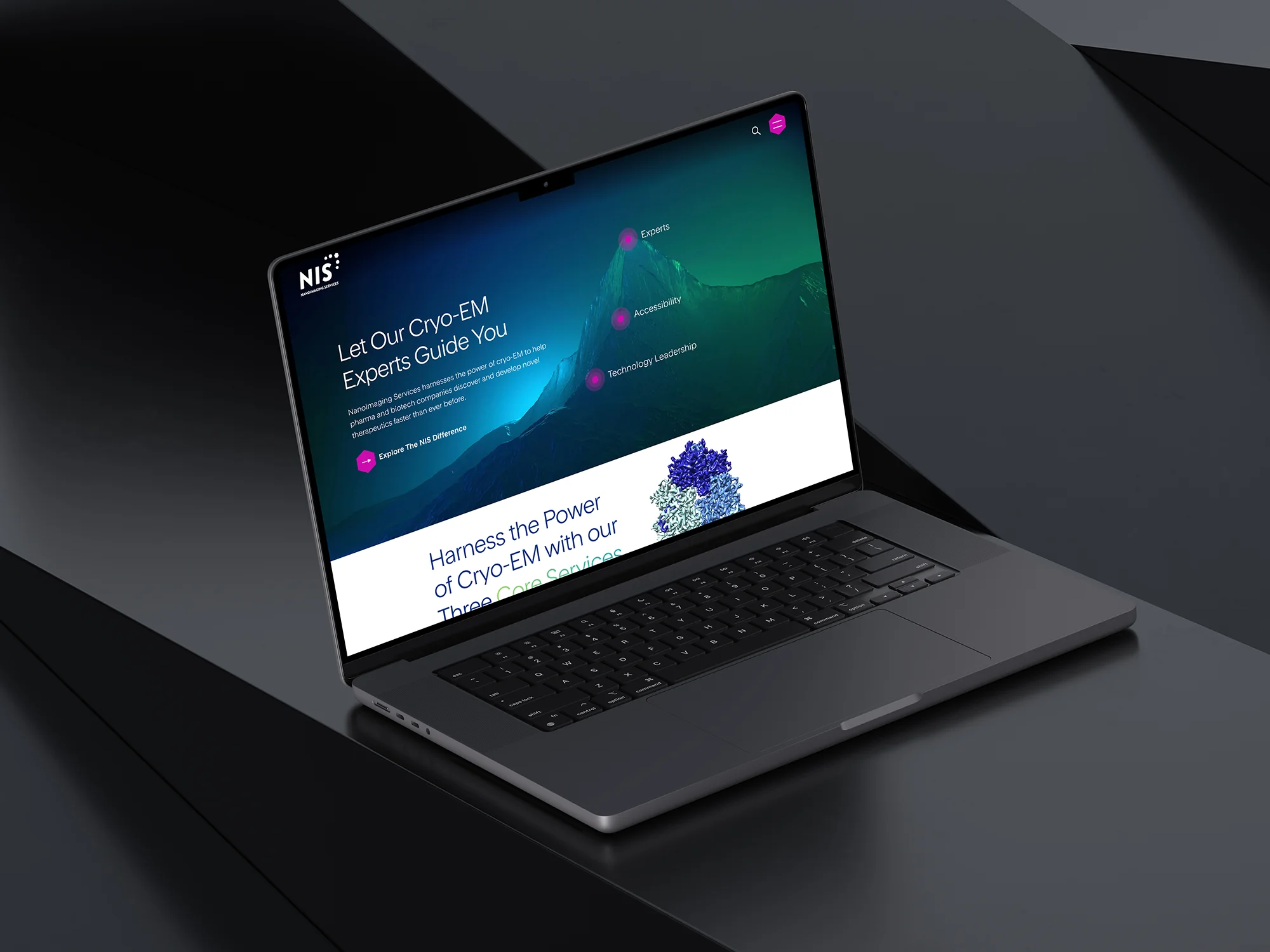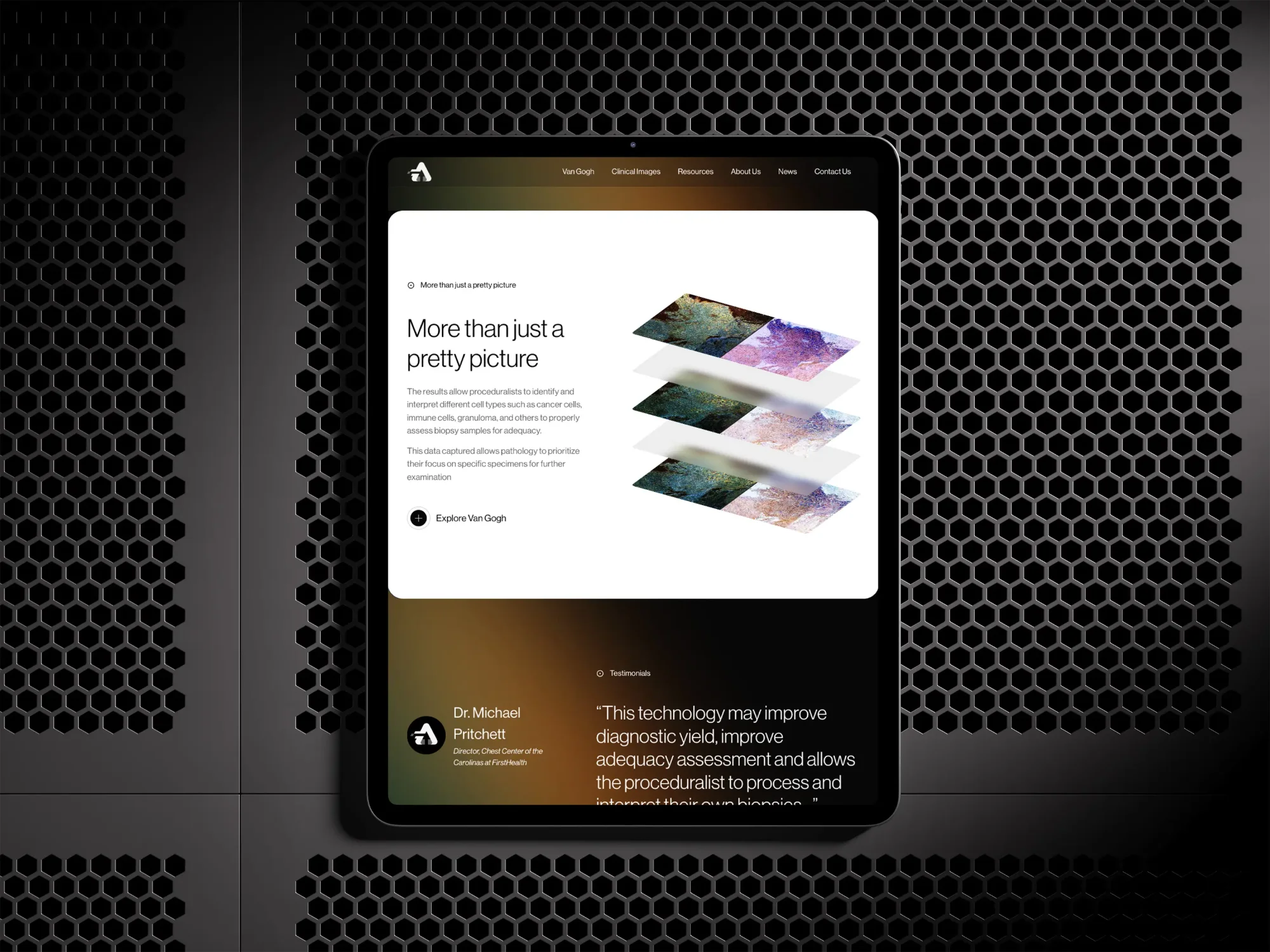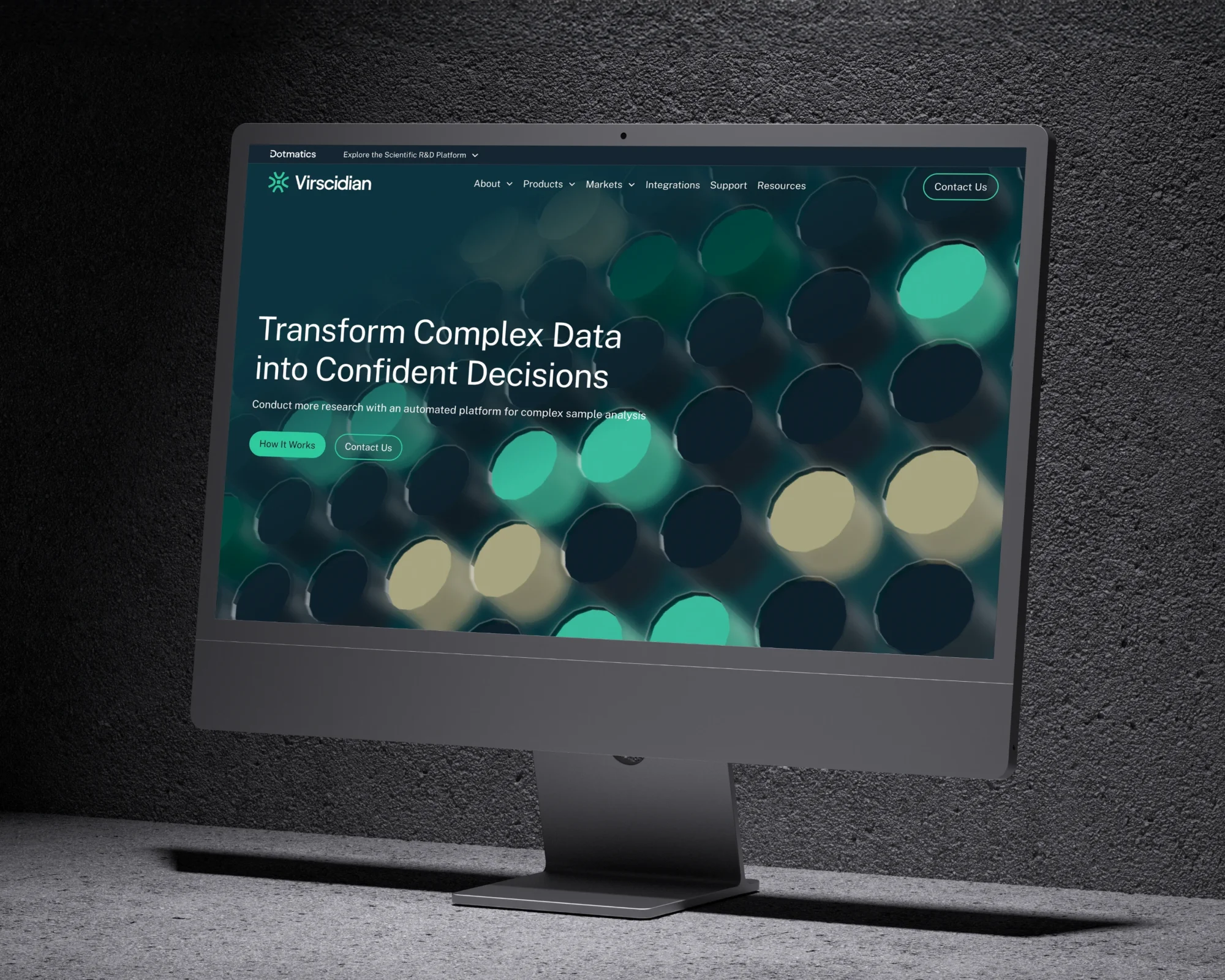The Hidden Cost of an Underperforming Website: What Every Company Needs to Know


We humans are complex creatures. And if we’re being honest with ourselves, life is pretty complex too. What’s best in the short term is often not what’s best in the long term, and yet we tend to make short term decisions despite long term consequences.
For example, we eat things that taste good, often ignoring the long term impact on our health. Or we hold onto the job we have instead of going after the job we truly desire. It’s a natural and justifiable instinct, but it can hurt us in the long run.
Running a businesses is no different. Long term gains come from short terms pains, and short term gains can and often will lead to long term pains.
I once had a boss that loved the analogy of spoiled milk. I still think of it often. It goes, if you take the milk out of the fridge only to realize its spoiled, don’t put it back. Take a moment to dump it down the sink, as gross as it might be, and throw that bad boy in the recycling. And yet, what do we do to avoid the pain of dealing with it? We put it back. And we know what happens then.
So the moral of the story is don’t put spoiled milk back in the fridge! End of story. Thanks for reading :)
Alright, I know, that’s a really valuable analogy, but not exactly why you came here. We’re here to talk about websites, and that’s what we’re going to do. And I want to pose the following question: Is your website performing as well as your best employees? (If not better?…)
If the answer is yes, congratulations, you have a gem. But if the answer is no, then you might be leaving a whole lot of money on the table, and yet, there’s a good chance that someone is more concerned with the short term pain of having to fix it, than the long term gain of a website that could actually become the most valuable asset you own.
So, let’s dive into the often-ignored costs of having an ineffective website and see how it stacks up against other expenditures, like hiring new employees.
The Real Costs of an Ineffective Website
There are countless ways that a less than ideal website could be hurting you in the long run, but here’s a few of the more obvious ones to consider.
Lost Sales and Opportunities
Picture your potential customer stumbling onto your website. Are they confused or do they immediately know exactly what you do and feel they have come to exactly the right place? If they are confused, what do you think they’ll do? They’ll run, or more likely, click away! They’ve got better things to do than beg your website to reveal its secrets, and every time this happens, you're waving goodbye to sales and opportunities. 🙋♂️💸
Fun exercise: Answer the following questions to completely change how you think about your website:
- How much traffic is coming to your website?
- How much of that traffic is turning into paying customers?
- How much revenue is that generating for your company.
- What would happen if just an extra 1%, let alone 5% or 10% of that traffic became paying customers?
- What would it feel like to take that extra revenue and flush it down the toilet?
- I’m kidding! Let’s be positive, how would it feel seeing it sitting in your company bank account?
Damage to Brand Image
While sales can be pretty tangible, there’s also the intangibles, like your brand identity. Why does this matter? Because your website is often the first interaction most people will have with your company. It’s your one chance to make a first impression, and it’s crucial.
What impression are you giving off? Is it the impression of a company that understands its value, has its stuff together, invests in itself, keeps the house clean, and truly understands its customers? Or is it more like the guy who picks up his first date 20 minutes late, in his friends beater car with stains all over his clothes and rotting food in the back seat? I think we can all agree, it’s better not to be that guy.
Like it or not, people do judge books by their covers, and they will definitely judge your company by your website.
Flexibility and Marketing Agility
We hear from teams all the time that have to jump through hoops every time they want to make even simple updates to their website. How inefficient is this? You didn’t hire your marketing team because they were slow and lazy. You hired them to be fast, creative, prolific. And your website might be slowing them down.
The ability to make changes quickly, and adapt and evolve your messaging and tactics is crucial to a high performing team. If your website is hindering that process, then there is no way you are reaching all of the people you should be reaching, and that’s definitely costing you in the long run.
The Hidden Expense of Underperforming Employees
I like perspective. Who doesn’t like perspective? You know who doesn’t like perspective? People who don’t like to get out of their comfort zones. So if that’s you, stop reading. But if you like perspective, then let’s put things into a bit of perspective here.
Hiring a bad employee is kind of like buying a used ferrari that turns out to be a lemon – sounds fun, but still costs a fortune and doesn’t give you anything in return. An underperforming employee can drain resources without contributing much, and it can sometimes take years before that person is let go, costing a company hundreds of thousands of dollars just in salary let alone possibly millions in lost opportunities.
On the other hand, an amazing website is a one-time investment, for most companies less than a single year salary for a decent employee, sure with some ongoing minor costs, but also with potential for some really significant returns.
So, this certainly begs the question, “How do I know if my website is performing well or not?” And every good question deserves an even better answer. So here’s some ways that you can tell.
Key Indicators of Website Performance
How do you know if your website is performing well? Keep an eye on these key indicators:
1. Bounce Rates
Bounce rates are the percentage of site visitors that leave your website after only seeing one page. So, assuming your site has more than one page, the higher the bounce rate, the worse your website is likely doing. If people would rather leave your site than click on literally anything, it’s probably time to make a change.
2. Conversion Rates
This one’s pretty simple: Are people doing what you want them to do on your site? If you’re not sure, then a better question might be, was your site intentionally designed with a desired end goal in mind, and do you have a clear way of knowing if that goal is achieved? If the answer to either of those questions is no, there’s a really good chance your website is not performing as well as it could be.
3. SEO Performance
SEO is Search Engine Optimization. In other words, how you make sure that your site shows up in search engine results when people are searching for whatever it is that you do or sell. SEO is not always the best strategy, more on that in another article, but it’s definitely a very big piece of the puzzle and worth understanding the basics to make sure that you are capturing as much traffic as possible.
4. Traffic Quantity and Quality
The more traffic the better, right? Wrong! Ok, well sometimes yes, but definitely not always. Let’s put it this way, I’d rather have 1000 of the right people come to my site than 10,000 of the wrong people. In fact, sometimes traffic quantity going down is a sign of traffic quality going up. Weed out the waste first and then once you have a lean, mean traffic machine, then you can start scaling it back up.
5. Clarity and User Journey
I will often explain the goal of a home page as follows: If you were sitting across the table from someone, you could probably engage them in a compelling discussion. You would know what you want to say first, what to say second, and ultimately have an easy time getting them to see the value of what you offer. The goal with your home page, and subsequently your entire website, is to do just that. We want to recreate that ideal conversation and guide visitors through it so they know exactly what they need to know to do exactly what you want them to do.
Investing in a High-Performing Website
So, by now you’re probably thinking 1 of 3 things. “Alright, I get it. My website’s gotta step up.”, or “I am more excited about my website than ever.”, or simply “I have no idea what to make of all of this.”
And if you are thinking anything other than the second one, then it might be worth considering investing in a new website. Did you take the time to answer the questions in the “Lost Sales” section? What is your website actually costing you? An amazing website doesn’t just sit there looking pretty – it reels in customers, boosts your image, and brain washes them to do exactly what you want them to do (but don’t worry, they’ll actually thank you for it…)
Conclusion
In summary, the hidden costs of an underperforming website can be and likely are far more significant than the cost of fixing it. Remember, it's not just about the upfront costs; it's about the long-term benefits and the value that a high-performing website can bring. Assess your website’s performance and consider whether it’s time to make an investment that could propel your business forward.
Need assistance in giving your website the upgrade it deserves? Feel free to reach out to us for an expert consultation.

















